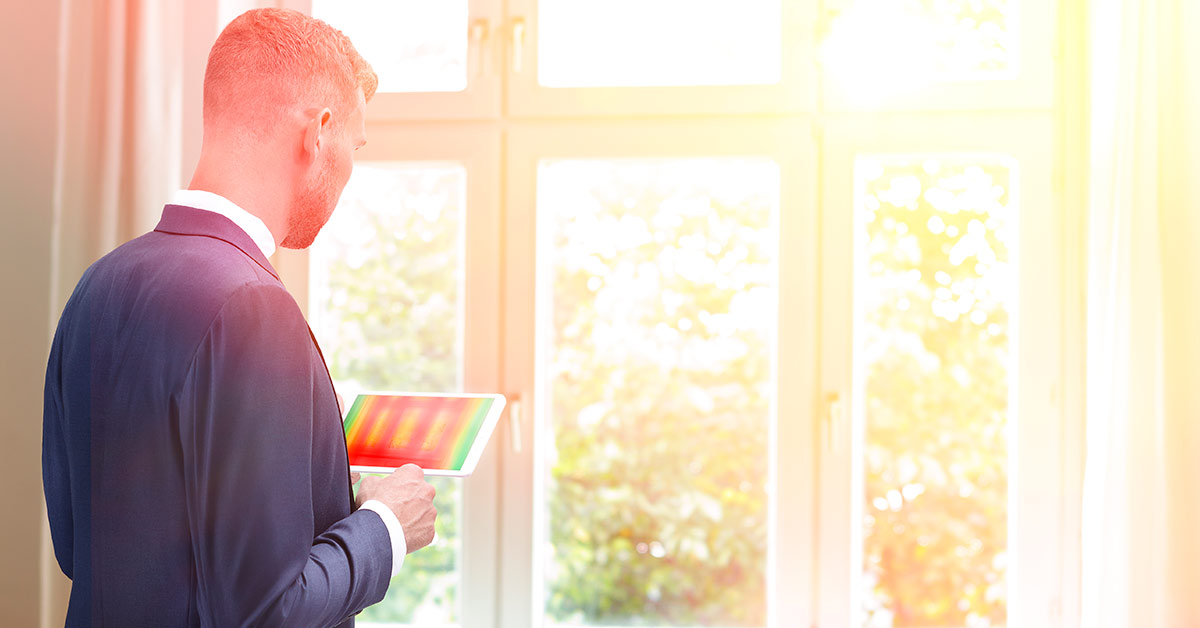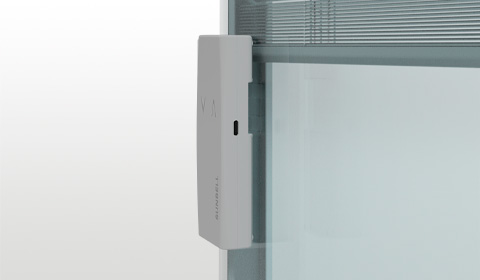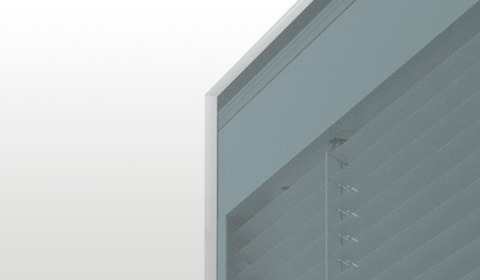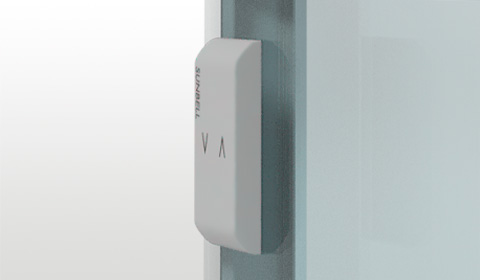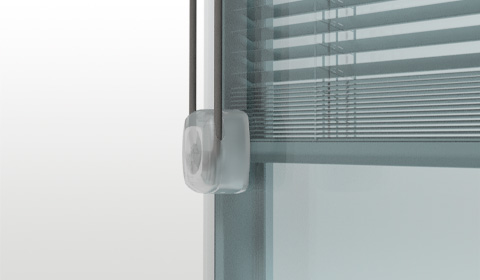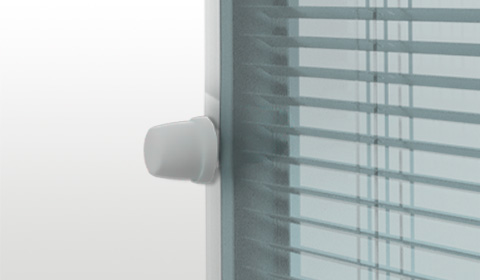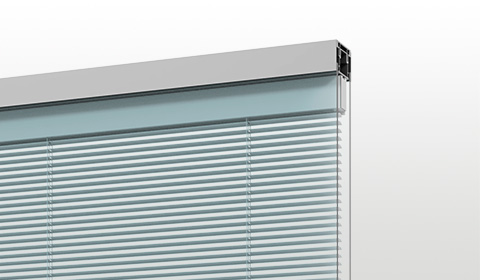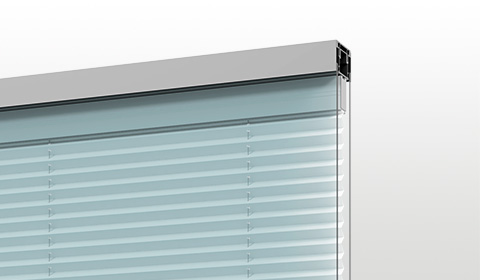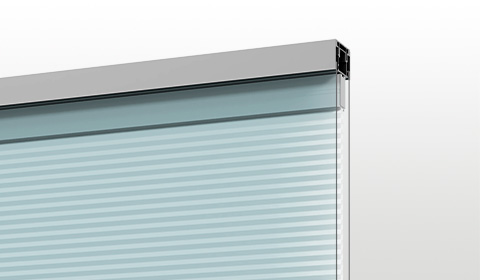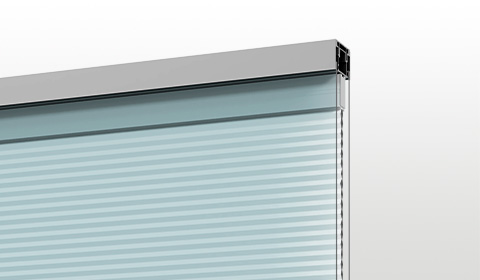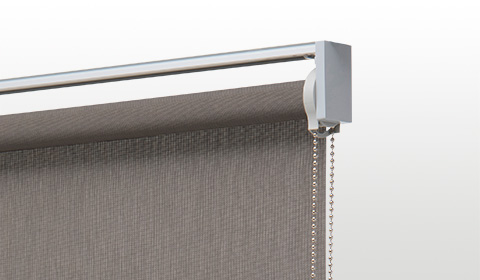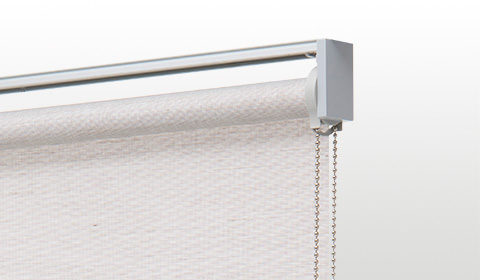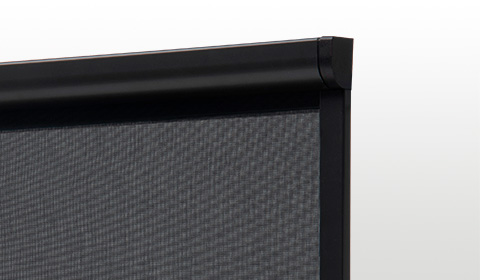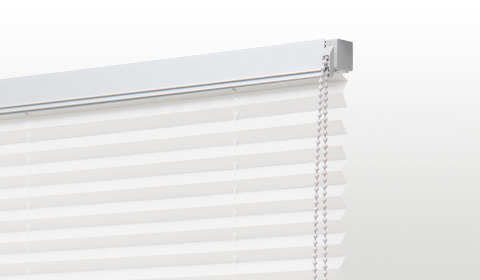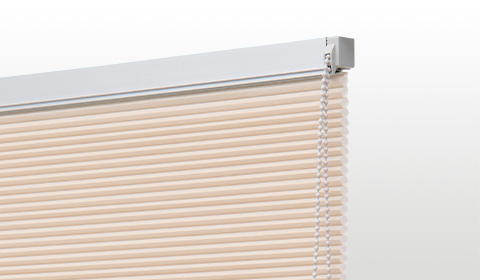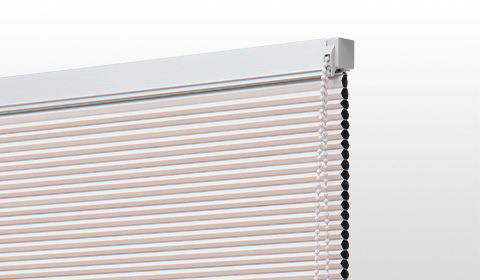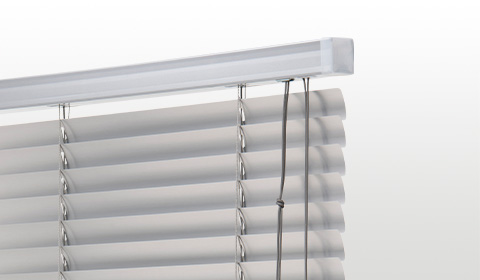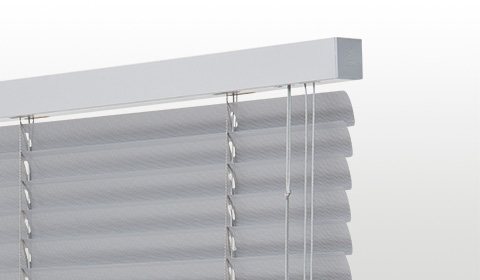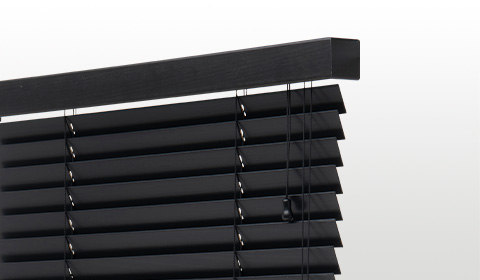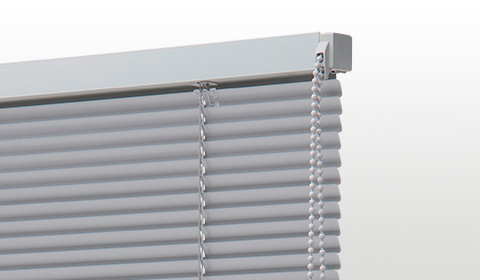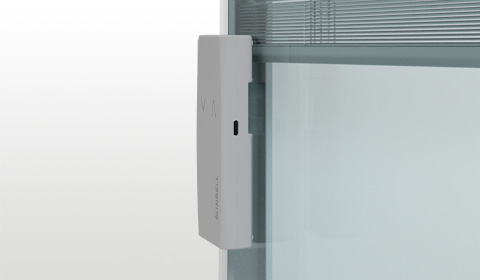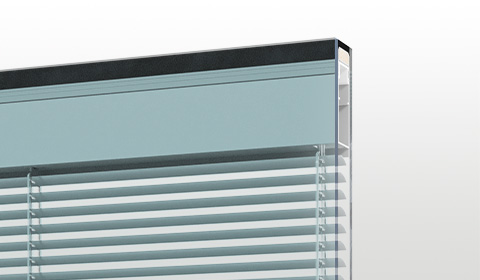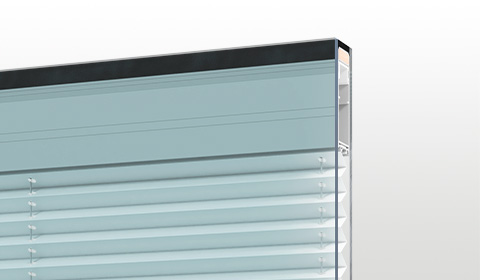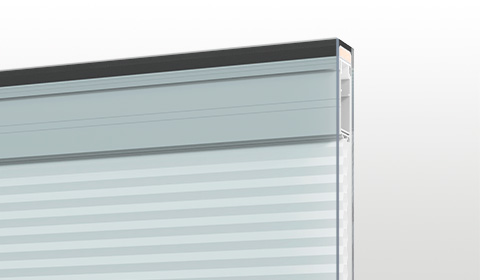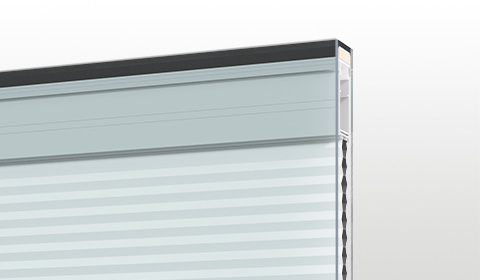Most of the heat loss or overheating in our houses is caused by outdated or unsuitable windows.
Paying careful attention to the most suitable window finishes can lead to lower heating and air conditioning bills and more comfort, and can also help the environment.
Since every living situation is different, various factors need to be taken into account when choosing the best alternative for our home: the season, the climate where we live, which way the property faces and what the rooms are used for.
Here are some tips from the US Department of Energy to improve the energy performance of our homes.
Window blinds: which ones to choose
With window blinds you can choose to keep them open or closed for privacy, to maximize natural light, to take advantage of the heat of the sun in winter or to reduce heat input in summer.
If it is winter and your house is exposed to the sun, open the blinds in the morning to allow the sun to heat your home during the day, especially in rooms that receive direct sunlight.
In summer, close the blinds on the windows most exposed to direct sunlight to reduce overheating, and open the blinds in shaded rooms for soft, natural light.
You can also alternate opening and closing during the day to maximize the light and warmth of the sun when you wish.
Among the many options there are pleated blinds, roller blinds, Venetian blinds and traditional blinds.
Some window blinds also offer automated options to maximize your living comfort.
Honeycomb pleat blinds
Honeycomb pleat blinds are made of pleated material designed to bend like an accordion, usually at the top of the window.
They contain one or more layers of air in a honeycomb cross-section.
These air pockets act as insulators, increasing the R-value – a number that measures the thermal resistance of an insulating material – by reducing heat conduction through the window.
Honeycomb pleat blinds can be a good choice if you are looking for significant energy savings, as well as comfort and privacy.
According to the US Department of Energy, in the winter months, well-installed honeycomb pleat blinds can reduce heat loss by 40%, which equates to about 20% heat savings.
In the summer, they can reduce unwanted solar heat by up to 80%, reducing the total input of sunlight to 15%.
Some honeycomb pleat blinds can be automated, meaning the blinds can be opened and closed according to a pre-determined schedule.
Roller or Roman blinds
Roller blinds are generally low-cost blinds that are raised or lowered by a roller bar mounted at the top of the window.
Roman blinds are fabric blinds, that create even, horizontal folds when raised.
Heavier fabrics generally offer slightly better thermal performance, but roller blinds and Roman blinds offer little insulation or energy saving.
They are more suitable and effective for privacy, room darkening and sunlight.
Venetian blinds
Venetian blinds are more effective in reducing summer heat input than winter heat loss.
Due to the numerous openings between the slats, it is difficult to control heat loss, but they are very flexible and versatile in summer.
Unlike the blinds listed above, you can adjust the slats to control brightness and overheating, especially when they are completely closed and made of reflective material.
Horizontal slat blinds can also be adjusted to reflect direct sunlight onto a light-colored ceiling.
A light-colored ceiling will diffuse the light without overheating the room, while at the same time allowing additional use of natural daylight.
Remember that there are also Venetian blinds that can be installed inside the panes of double glazing, which can guarantee excellent energy saving and living comfort.
They can be used manually or automatically, controlled with a remote control.
In addition to ensuring privacy and avoiding heat loss, they are also easy to clean and do not require constant maintenance.
Traditional fabric curtains
Traditional curtains are interior furnishing accessories in fabric, made to fit the window.
The ability to reduce heat loss depends on several factors, including the type of fabric and color.
With such a wide variety of curtains available, it is difficult to generalize about their energy performance.
During summer days, it is necessary to close the curtains on windows that receive direct sunlight to avoid overheating.
According to the US Department of Energy, studies show that light-colored curtains with white plastic supports can reduce overheating by 33%.
During the cold season, traditional curtains can reduce heat loss from a hot room by up to 10% if they are kept closed.
To reduce heat loss, curtains should be as close to the windows as possible and fall onto a windowsill or the floor.
Glass films
Glass films help to prevent overheating in rooms and protect against glare and exposure to ultraviolet rays.
They can be useful if you don’t want to use other curtains that block your view and if the exposure of your home causes glare and overheating problems.
They are an excellent choice on custom-made windows or windows with difficult angles, to which you cannot adapt curtains, or in rooms where furniture or carpeting could be faded by exposure to UV rays.
Glass films generally have three layers:
- an adhesive layer placed on the glass;
- a layer of polyester film;
- a scratch-resistant coating.
The effectiveness of glass films depends on:
- the size of the glazing;
- the orientation of the window;
- the climate;
- the orientation of the building;
- whether the window has internal insulation.
Some general disadvantages of glass films are:
- loss of internal light;
- extra care required for cleaning;
- reflections.
However, these disadvantages depend on the specific product chosen and its characteristics.
Conclusions
After reading these tips from the U.S. Department of Energy, you’ll have plenty of guidance as to which blind best suits your needs for living comfort and energy savings.

